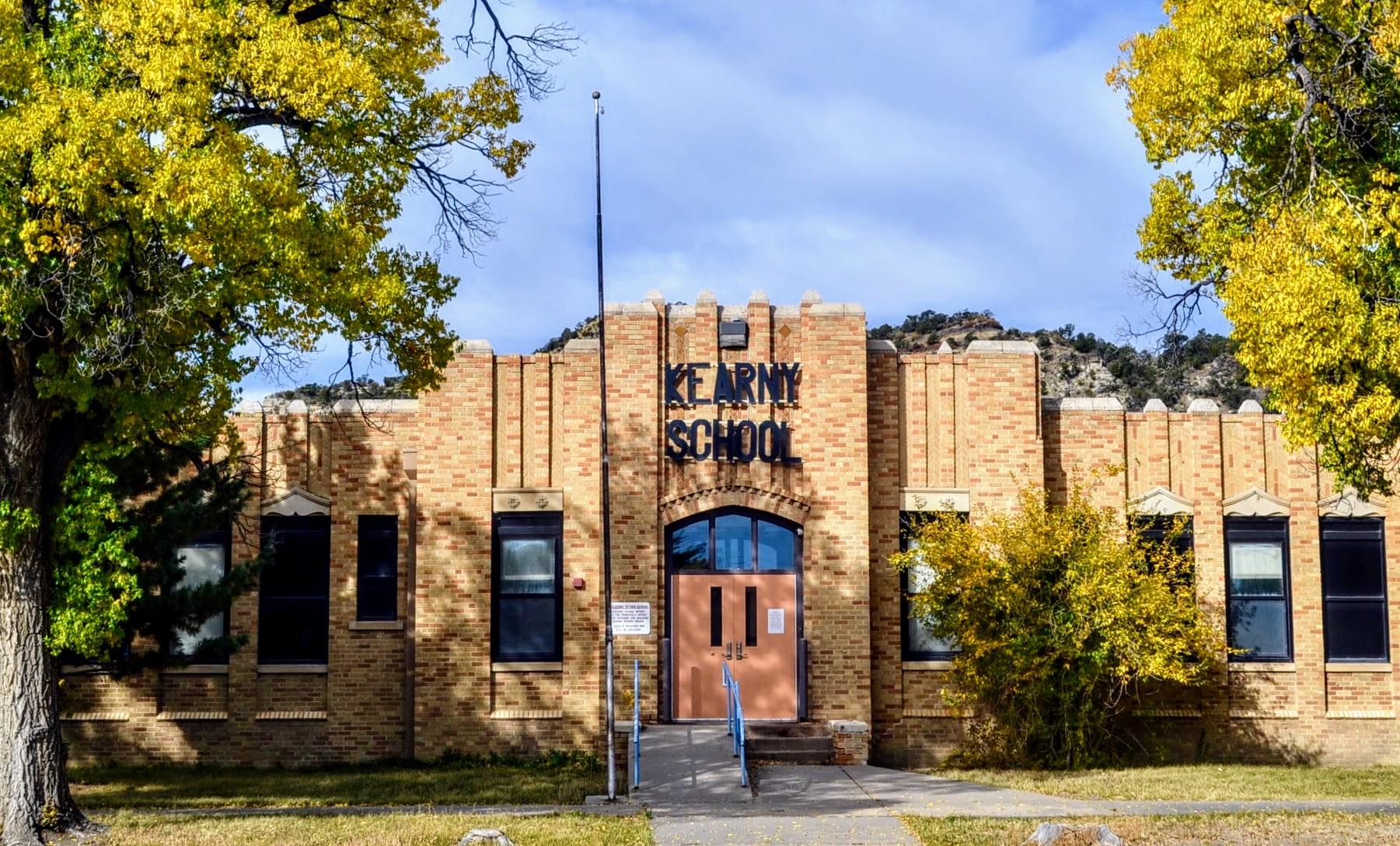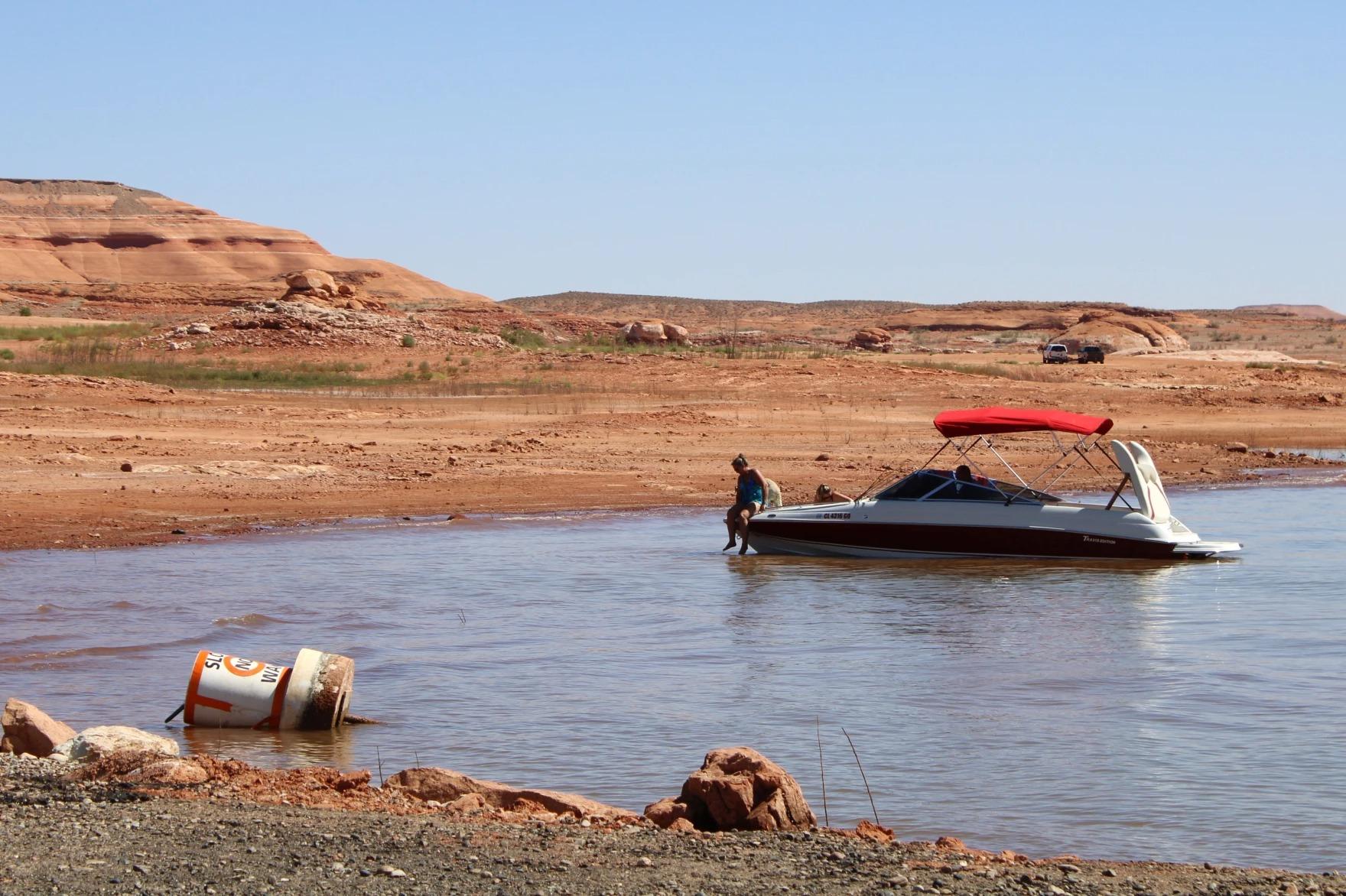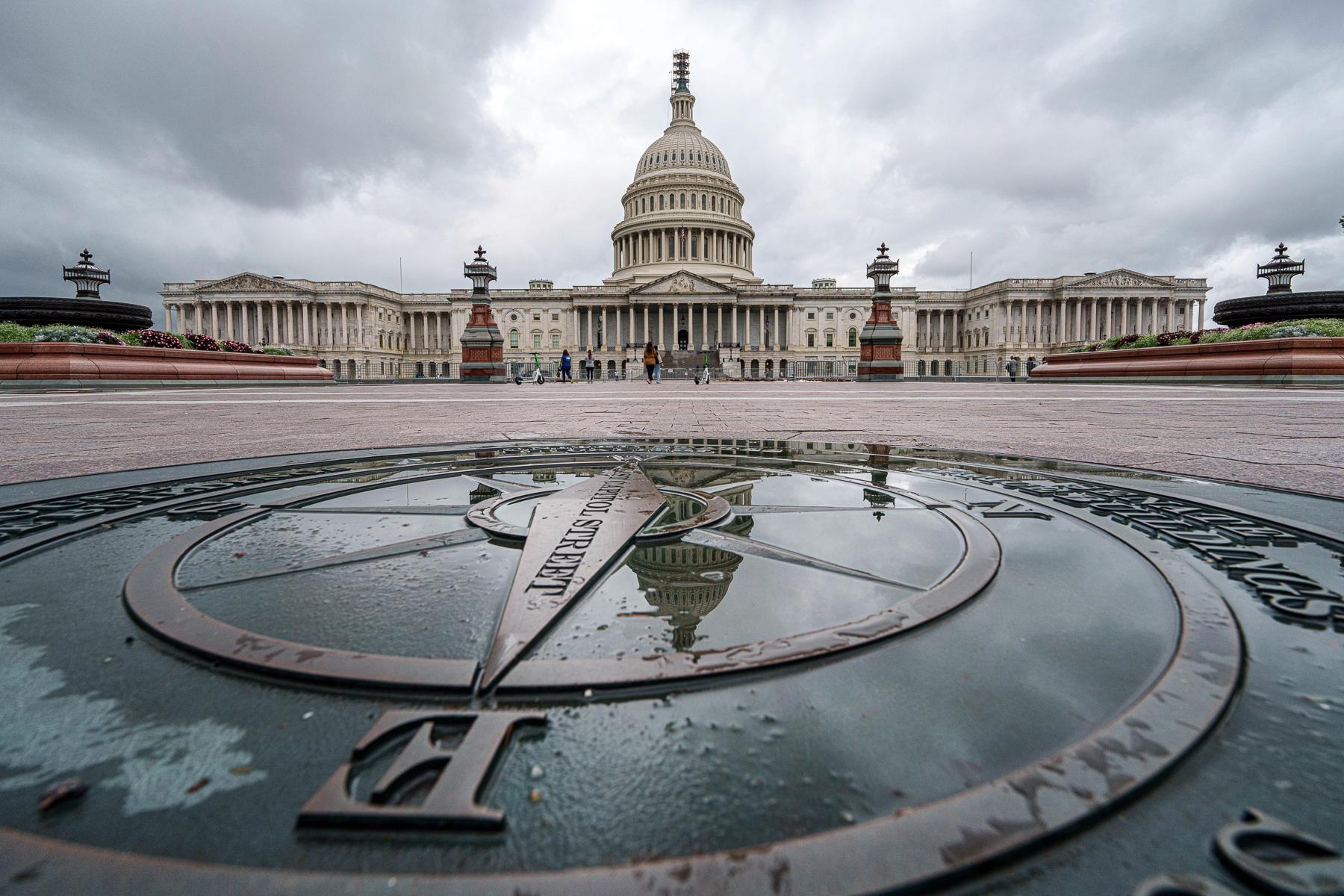
You can think of Denver forester Rob Davis as the Night's Watchman on the wall, vigilantly watching the north for invaders. Despite Davis' constant search, he hasn't found his quarry yet. In fact, no one has among Denver’s thousands of ash trees.
The hunt is for Emerald Ash Borer, an invasive beetle native to northeastern Asia. EAB was first found in Colorado in 2013, but only in Boulder and Longmont. On August 9, 2017 it was annouced that EAB had been discovered in Lafayette. As he walks among the towering century-old ash trees that shade Denver's City Park, Davis spots a fallen branch and starts picking at its bark.
"I drive my wife and my kids crazy, because it’s not just here. I do it all the time," Davis says. "I'm always looking for it. And I've even climbed trees at a middle school, just thinking I'm going to find it, so sure."
Davis calls EAB the "single most destructive urban pest that Denver will ever have in its urban forest... Once it gets here." Hoping to stem the tide, Denver is committing to a $2.97 million increase to the base budget sustained over a 10 year period to fight it. That may seem like a large number over time, but each tree provides savings by raising property values, curbing stormwater runoff and reducing energy costs. After seeing how the bug snuck up on Boulder, Davis says the city needs to prepare.
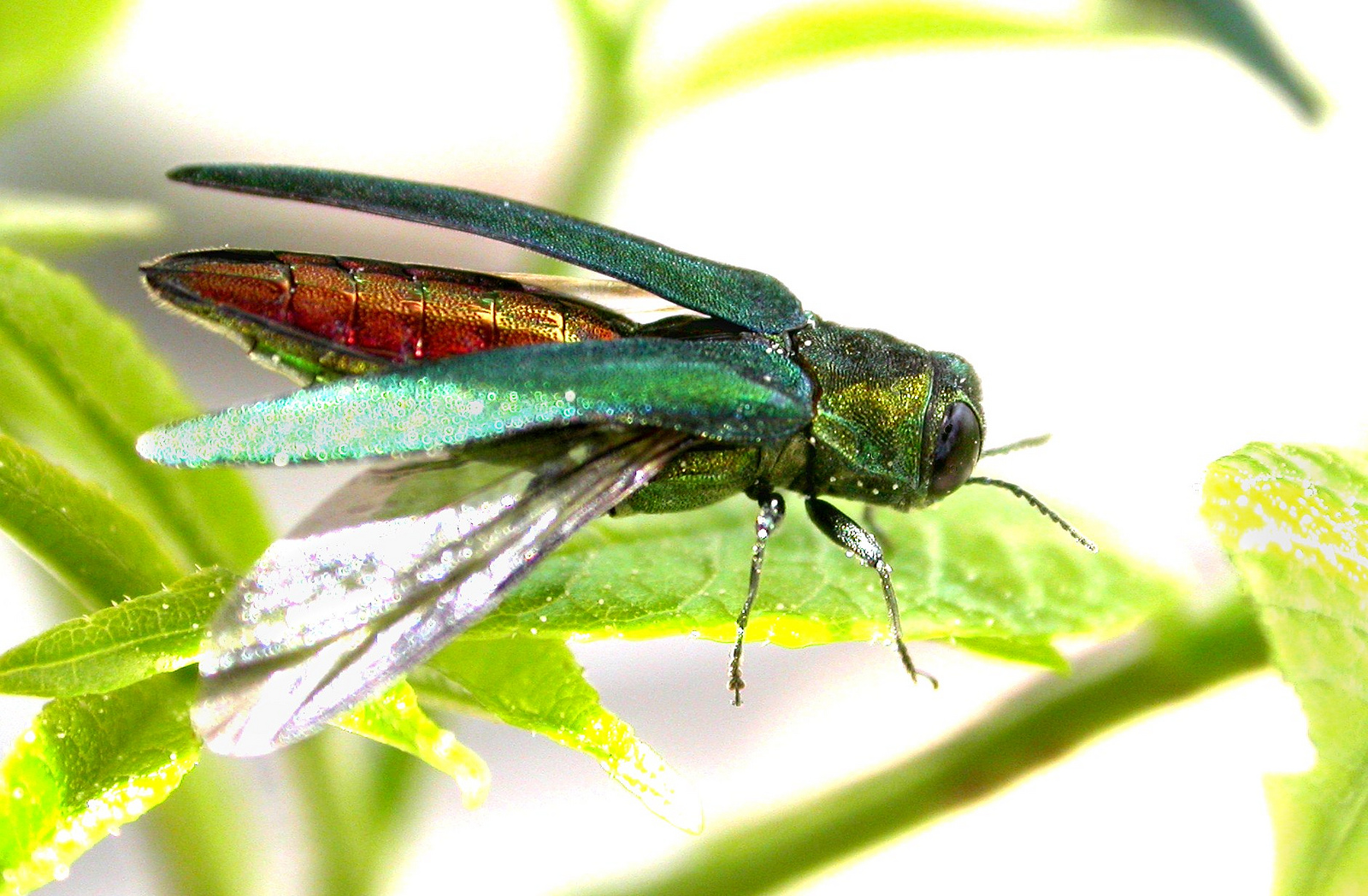
Since 2013, the city of Boulder has put more than $200,000 toward fighting their EAB infestation, says forester Kathleen Alexander. They’re treating healthy trees, removing dying ones and educating the public. She says Boulderites have lots of questions.
"Do I have an ash tree? What is the impact going to be? To me, as a property owner in Boulder? Should I treat my ash tree? Is it worthy of preservation? ... And when they should treat?"
The first piece of that puzzle is identifying if you have an ash tree. Fortunately, Denver has a tree inventory which residents can lookup on an interactive map. The next step is deciding what to do.
Each tree’s situation is different. Treatment is effective, but it needs to be done every two years to keep Emerald Ash Borer at bay. Denver forester Rob Davis says if the tree is young, small or unhealthy, it might be best to replace it. If it’s big enough to shade your house, maybe it’s a good idea to invest in saving it.
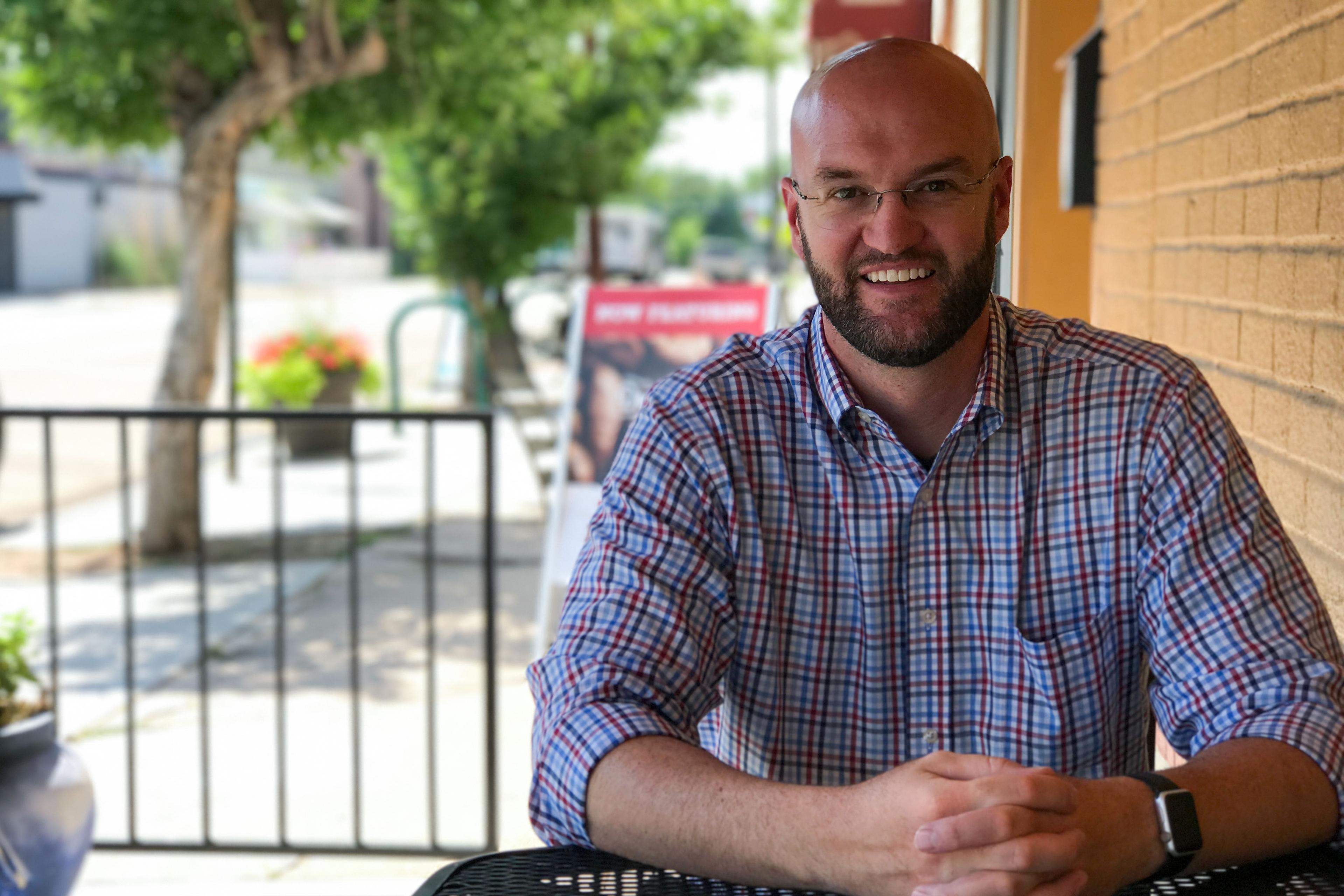
"It's a really hard conversation, because there's not really a perfect answer for it," he says.
For better understanding of the issue, Davis took a group of city officials to where the bug has hit worst: the Midwest cities of Madison, Milwaukee and Chicago. Denver Councilman Jolon Clark was on the trip.
"In Milwaukee, entire parcels of property that were city-owned, that they had now dedicated to just having places where they would take tree after tree after tree," Clark says. "Dead trees because they couldn't deal with it quick enough to even take it to a landfill or recycle it."
For him the message was clear: Once you find the bug in the city, it’s too late.
"I didn't want that to be Denver's story," he says. "That all the experts, all the people know say, do something, do something. And the elected officials be hesitant to make an investment that you can't see yet."
Denver is treating healthy trees in parks, as well as those along streets and sidewalks — something that’s usually the nearby homeowner’s job. Clark says it’s a change in how the city does forestry brought on by the size and scope of the problem.
The city is more than a year into its education campaign as well. To get people’s attention, they’ve come up with the slogan "Be A Smart Ash." One of every five trees in Denver is an ash, and 70 percent of those are on private land. The city says they can’t do this alone.
Councilman Clark’s fear is that residents won’t know or won’t act until it’s too late, "and then they don't have a choice anymore. It's just a dead tree that is going to cost thousands of dollars to deal with."
Saving Denver’s trees is not just an economic concern for Rob Davis the city forester. The greenery is part of what makes the Mile High City unique.
"We've grown this urban forest through people. And it didn't happen naturally," Davis says. "This was effort by people, and it's a really unique thing, that we made this part of our city a much nicer place to be."
Editor's Note: This story has been updated to note that Emerald Ash Borer has been found in Lafayette, Colorado.

